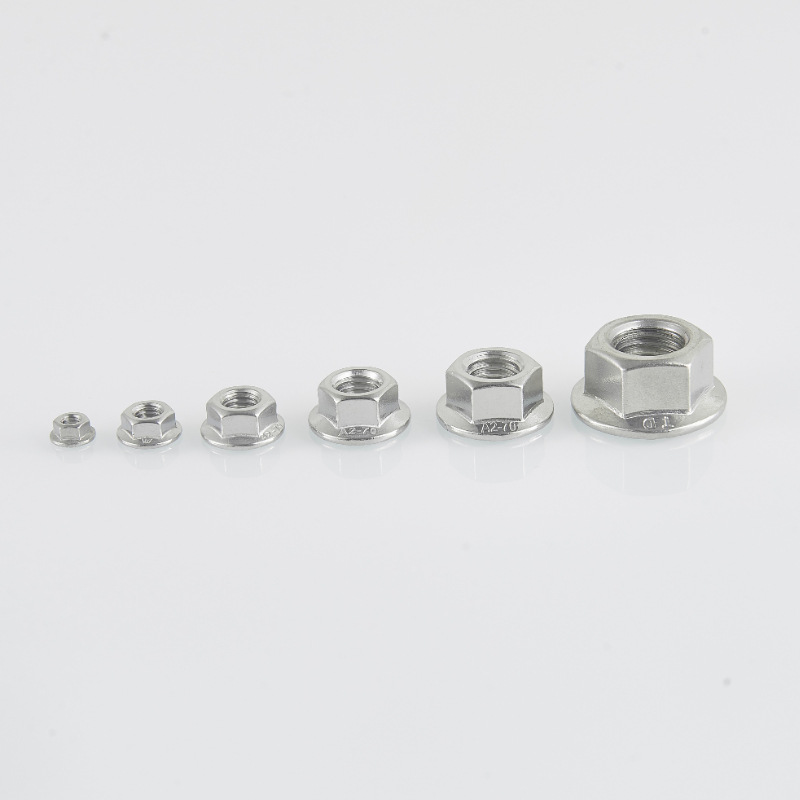

metric t bolts
Nov . 14, 2024 23:22 Back to list
metric t bolts
Understanding Metric T Bolts An Essential Component in Engineering
In the world of engineering and construction, the understanding of various fasteners is crucial for the integrity and durability of structures. Among these fasteners, the metric T bolt is a significant component used in various applications. This article will explore the characteristics, applications, and advantages of metric T bolts, providing a comprehensive understanding of their importance in modern engineering.
What is a Metric T Bolt?
A metric T bolt is a type of fastener that has a distinct T-shaped head which allows it to be easily inserted into slots or channels, making it an excellent choice for applications where the fastening needs to be adjustable. The ‘metric’ designation indicates that the T bolt is measured in millimeters, conforming to international standards for manufacturing and quality control. This measurement system is essential since it allows for compatibility and interchangeability with other metric components.
Design and Specifications
The design of the metric T bolt typically includes a long shank with a T-shaped head that fits snugly into grooves or slots. The head is designed to prevent rotation during tightening, which is advantageous in preventing loosening over time due to vibration or movement. The threaded portion of the bolt can vary in length and diameter, and the surface can be coated with various materials (such as zinc or nylon) to enhance corrosion resistance and durability.
T bolts are often made from high-strength materials such as stainless steel, carbon steel, or alloy steel, ensuring that they can handle heavy loads and provide reliable performance in demanding environments.
Applications of Metric T Bolts
Metric T bolts are widely utilized across various industries, including automotive, construction, and manufacturing. Their versatility makes them suitable for applications such as
1. Furniture Assembly These bolts are frequently used in assembling furniture, especially in knock-down or flat-pack furniture where adjustability is crucial during assembly and disassembly. 2. Rail and Track Systems T bolts are common in the construction of railway tracks, where they secure rail sections to sleepers or ties.
3. Machinery and Equipment Many machines and industrial equipment rely on T bolts for securing components, allowing for easy adjustments and replacements.
metric t bolts

4. Construction and Structural Supports T bolts are often used in structural applications, including brackets, mounting equipment, and securing various construction materials together.
Advantages of Metric T Bolts
The use of metric T bolts offers several advantages, making them a preferred choice for engineers and manufacturers alike
1. Ease of Installation The unique shape of the T bolt allows for quick insertion into slots, reducing installation time and enhancing efficiency.
2. Adjustability Since T bolts can slide within their slots, they allow for adjustments in positioning, which is particularly useful in applications requiring fine-tuning.
3. Strong Holding Power The design of the T bolt provides a strong grip that can withstand shear forces, making it reliable for heavy-duty applications.
4. Corrosion Resistance With appropriate coatings, T bolts can withstand harsh environmental conditions, extending the life of the structures and components they secure.
5. Versatility Their design allows T bolts to be used in a wide range of applications, making them a valuable component in an engineer’s toolkit.
Conclusion
In conclusion, metric T bolts play a vital role in a wide array of industrial and construction applications. Their unique design, ease of use, and durable construction make them an essential fastener in the engineering domain. Understanding the specifications and applications of T bolts helps engineers and technicians make informed choices in their projects, ultimately contributing to safer and more reliable structures. As technology continues to advance, the importance of utilizing standardized components like metric T bolts will only grow, emphasizing their significance in our increasingly complex world.
Latest news
-
Hot Dip Galvanized Bolts-About LongZe|High Strength, Corrosion Resistance
NewsJul.30,2025
-
High-Strength Hot Dip Galvanized Bolts - Hebei Longze | Corrosion Resistance, Customization
NewsJul.30,2025
-
Hot Dip Galvanized Bolts-Hebei Longze|Corrosion Resistance&High Strength
NewsJul.30,2025
-
High-Strength Hot-Dip Galvanized Bolts-Hebei Longze|Corrosion Resistance&High Strength
NewsJul.30,2025
-
Hot Dip Galvanized Bolts-Hebei Longze|Corrosion Resistance&High Strength
NewsJul.30,2025
-
Hot Dip Galvanized Bolts - Hebei Longze | Corrosion Resistance, High Strength
NewsJul.30,2025

